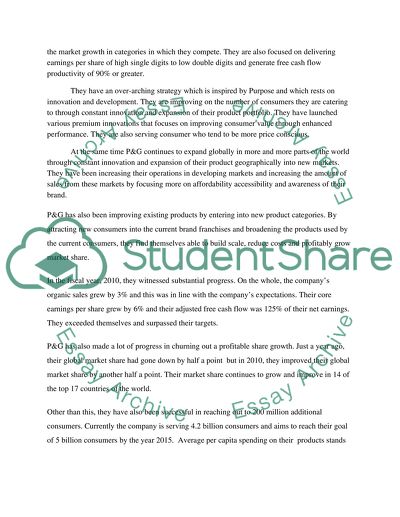Cite this document
(Procter and Gamble Company Background and History, Financial Ratio Case Study, n.d.)
Procter and Gamble Company Background and History, Financial Ratio Case Study. Retrieved from https://studentshare.org/finance-accounting/1577449-analysis-of-pg-2010-annual-report
Procter and Gamble Company Background and History, Financial Ratio Case Study. Retrieved from https://studentshare.org/finance-accounting/1577449-analysis-of-pg-2010-annual-report
(Procter and Gamble Company Background and History, Financial Ratio Case Study)
Procter and Gamble Company Background and History, Financial Ratio Case Study. https://studentshare.org/finance-accounting/1577449-analysis-of-pg-2010-annual-report.
Procter and Gamble Company Background and History, Financial Ratio Case Study. https://studentshare.org/finance-accounting/1577449-analysis-of-pg-2010-annual-report.
“Procter and Gamble Company Background and History, Financial Ratio Case Study”, n.d. https://studentshare.org/finance-accounting/1577449-analysis-of-pg-2010-annual-report.


